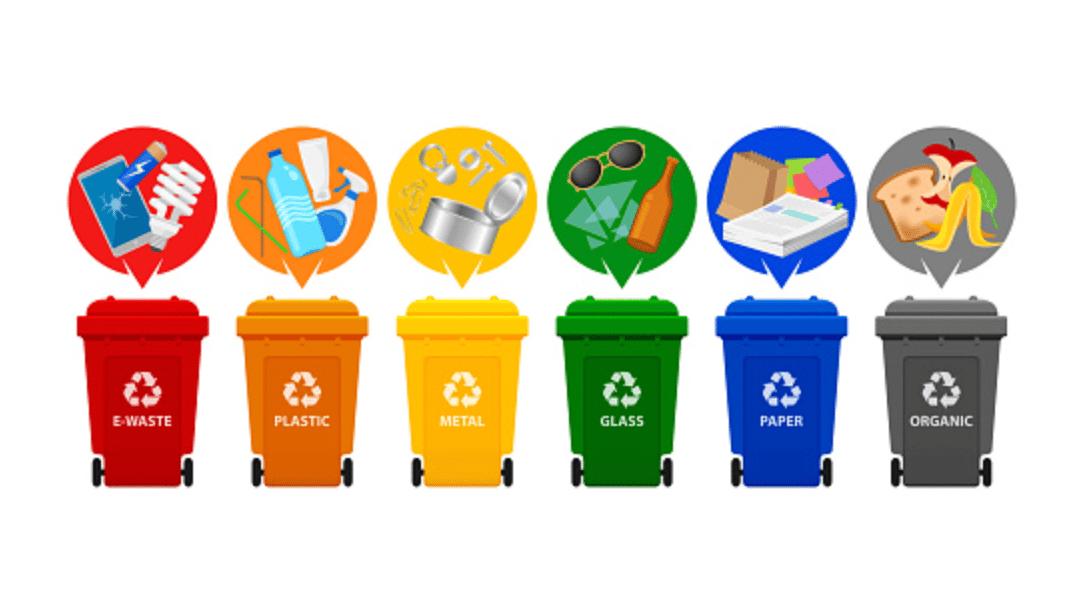To most people, the term and concept of recycling isn’t new anymore, as the majority know that recycling is the process of collecting, separating and re-processing waste materials into new products that can be used, rather than carelessly trashing the materials. The idea behind recycling is the sustainable management of waste for the benefit of society and the protection of the environment. Although the magic of recycling has become popular over the years, what is still largely unknown is the actual process that recycling entails. The recycling process happens in different ways. These three types of recycling have the same basic steps:
- Collecting and separating recyclable materials from waste.
- Applying one of the three types to the residue and reverting it to raw materials.
- Turning the raw materials into finished products once again.
In light of this, the question then is what are the three different types of recycling?
Types of Recycling
As mentioned, there are three different types of recycling, and they are; mechanical, energy and chemical recycling. While these three types have common steps, they differ in other aspects as highlighted below.
- Mechanical Recycling
On an international level, mechanical recycling is one of the most utilized methods of turning waste materials into new usable products, as the residues are mechanically transformed into new products without any alterations to their chemical structures. This method is most commonly used for recycling plastics that are obtained through various means such as from industrial scrap yards. Whereby the plastic waste is made useful through processes like washing, drying, separating, grinding, compounding and re-granulating. An interesting aspect of this type of recycling is that the polymers are not affected during the process, which makes them reusable over and over in the same or similar product. Visit balingwiredirect.com to gain more insight and information.
- Energy Recycling
This type of recycling is as well primarily used on plastic, with a slight difference in the conversion process. Energy recycling is the process of utilizing leveraging, through incineration, and the heat power released from plastic, in the form of fuel, to convert the plastic waste into thermal and electric energy. It is an important type of recycling as it can diversify the energetic matrix, and also optimize the available space in highly populated cities that would ordinarily have little room for landfills. This fact has made it quite popular and widely used in most parts of Europe and Japan, with heavy involvement from public authorities. However, with incineration being part of the process, there were concerns regarding emissions, but with the use of catalyzers in waste plant incinerators, that help to withhold emissions, this type of recycling is now seen as environmentally friendly.
- Chemical Recycling
The last recycling option is chemical recycling, which is seen as the most complex method for recycling. It involves the reprocessing and modification of the chemical structure of plastic or other waste materials. The final product of this complex process is then produced into raw materials that are utilized in different industries. They can also be utilized as a basic input for manufacturing new plastic products. Apart from being complex, this type of recycling is also known for how expensive it is.
